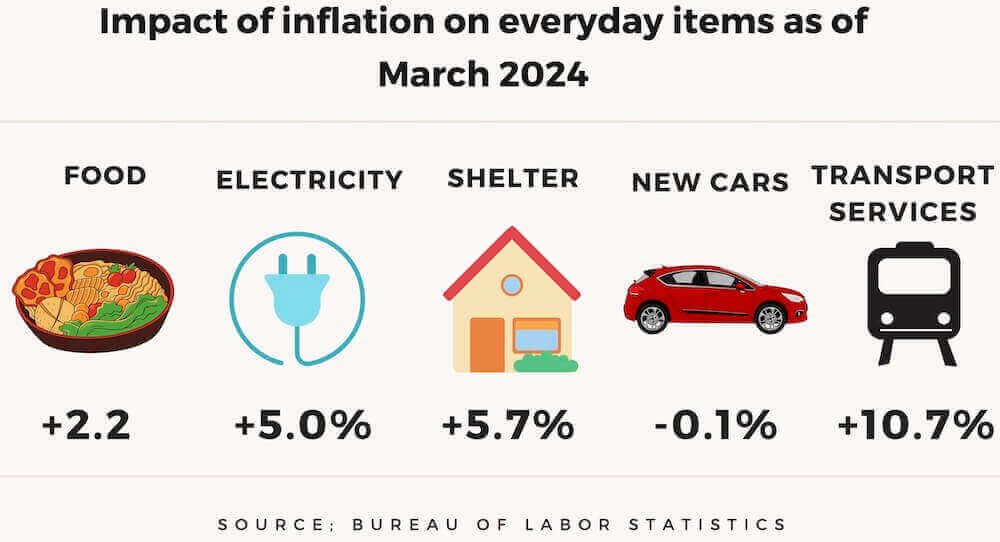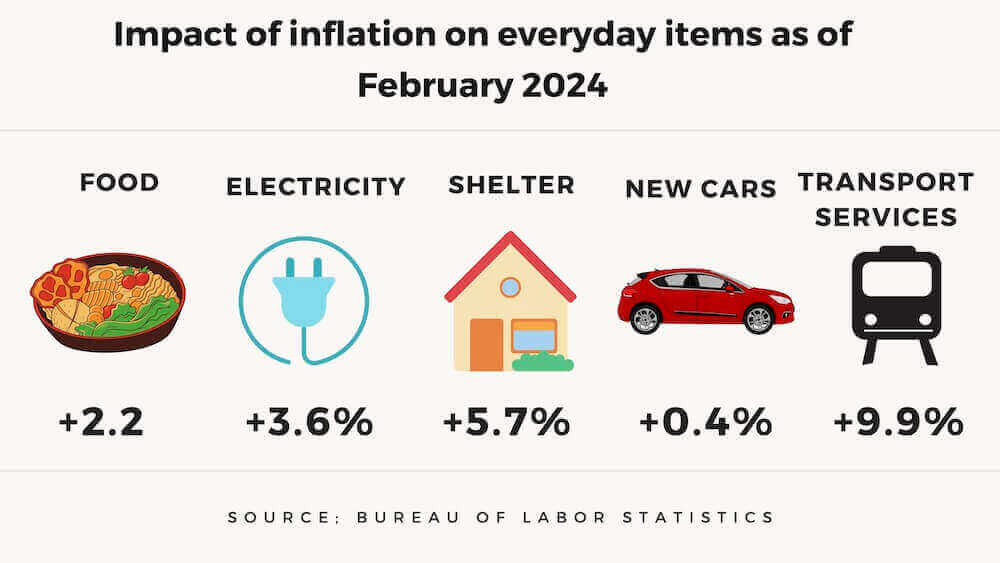2025 COLA Projections
The Social Security Administration calculates the next year’s cost-of-living adjustment (COLA) each year. For federal employees, this calculation also determines any increase in their federal annuity payment for the next year.
This cannot be completed until the September inflation report is released on October 10th. In the meantime, the Senior Citizens League, a nonprofit, nonpartisan advocacy group, projects the next COLA.
In 2024, each monthly forecast for the 2025 COLA has been higher than the previous one.
The Senior Citizens League recently revised its 2025 COLA forecast to 2.6%. That is higher than its previous estimate of 1.8%, which was higher than the earlier estimate of 1.4%.
The CPI-E vs. the CPI-W
FedSmith has previously written about using the CPI-E for calculating the COLA instead of the Consumer Price Index for Urban Wage Earners and Clerical Workers (CPI-W).
This is important because the CPI-W does not focus on expenses and inflation for older Americans. The Consumer Price Index for Americans aged 62 or older is the CPI-E although this index will not always provide a higher COLA.
But, if the CPI-E more accurately measures the impact of expenses for older Americans, the 2025 COLA estimate of 2.6% indicates retirees will have more trouble paying expenses. The CPI-E has increased more than the CPI-W has gone up every month this year. For the first quarter of this year, the CPI-E was up 3.6% while the CPI-W was up 3.2%.
This means inflation is going up faster than the 2025 COLA.
Inflation Expectations
Federal Reserve Chairman Jerome Powell recently said he expects inflation will be lower but was less confident than he was previously. He also said plans are to hold interest rates at their current level—now higher than the past two decades—while waiting for evidence that inflation is slowing.
For April, economists expected the April inflation rate to increase 0.4% for the month. This would mean the year-over-year inflation rate would go down to 3.4% instead of the 3.5% from March. The core inflation rate that is often considered the more important figure does not include food and energy as these are more volatile. It would be a positive for the inflation data if this slowed to a monthly increase of 0.3%.
What Happened in April with Inflation data?
When the first signs of inflation ramping up started to make news, the initial reaction by the Biden administration was that the problem was “transitory.” In other words, it was a temporary problem and would go away before creating financial problems.
Three years later, inflation is still with us. It is down from the 9.1% inflation earlier in the Biden administration but still higher than the Federal Reserve’s target of 2%.
The Consumer Price Index for All Urban Consumers (CPI-U) increased 0.3% in April after rising 0.4% in March according to the Bureau of Labor Statistics. Over the last 12 months, the all items index increased 3.4%. “Core prices” that exclude volatile food and energy items went up 3.6% annually. This is the lowest increase since April 2021.
The index for shelter rose in April, as did the index for gasoline. These two items
contributed over 70% of the monthly increase in the index for all items. While this sounds encouraging, most of us use gas and pay rent or a mortgage so these figures still represent less purchasing power for the dollars in income.
The current inflation rate is still going up. The latest increase was in line with expectations and, searching for good news, the inflation rate is down slightly from the increase in March.
The CPI-W index increased 3.4% over the last 12 months to an index level of 307.811. For the month, the index increased 0.4%. This is 2.18% higher than the third qsuarter of 2023. That is significant because the annual COLA is determined by comparing the change in the CPI-W from year to year, based on the average of the third-quarter months of July, August, and September.





